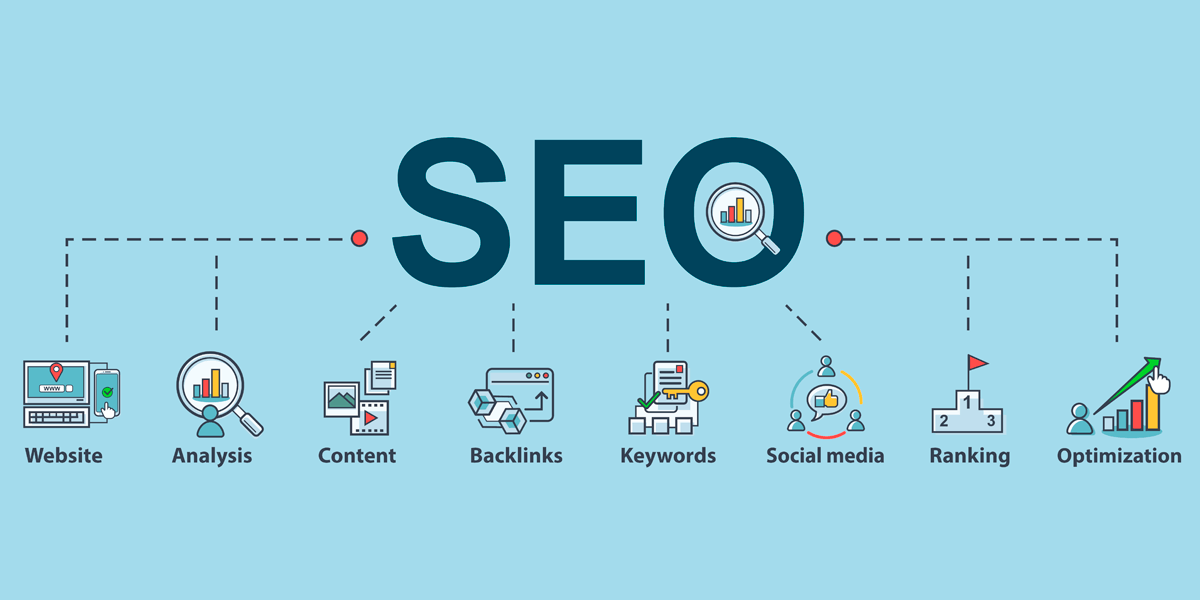Revealing What Is Ruled Out a Default Medium in Google Analytics
Revealing What Is Ruled Out a Default Medium in Google Analytics
Blog Article
Introducing the Unconventional Mediums in Google Analytics Beyond Default Setups
In the realm of electronic analytics, Google Analytics stands as a keystone for companies seeking to recognize their on-line visibility. By venturing beyond the surface and delving into the details of social media data, email project efficiency, recommendation website traffic sources, direct web traffic patterns, and custom network groupings, a prize trove of details awaits those eager to welcome a much more nuanced method.

Leveraging Social Media Insights
Periodically forgotten, yet greatly important, is the practice of leveraging social media sites insights within the world of Google Analytics. By integrating information from platforms like Facebook, Twitter, Instagram, and LinkedIn right into Google Analytics, businesses can get a much deeper understanding of their audience and the effectiveness of their social networks projects.
Via this assimilation, marketers can track and analyze individual habits on their site that stems from social media sites systems. They can identify which social networks networks are driving the most traffic, which web content is reverberating with the target market, and which projects are transforming the most leads. This understanding permits data-driven choices to optimize social networks approaches and improve total advertising and marketing performance.
Furthermore, by integrating social networks understandings with Google Analytics, companies can develop a lot more targeted and customized projects - what is not considered a default medium in google analytics. They can utilize market details, passions, and on the internet habits gathered from social media sites to fine-tune their target market division and supply customized messages that resonate with specific customer groups. This targeted approach can lead to higher interaction, increased conversions, and inevitably, enhanced roi
Revealing Email Project Performance
Uncovering Email Project Efficiency entails evaluating vital metrics and performance indicators to evaluate the effectiveness of email marketing efforts. When diving into email project efficiency, it is important to analyze metrics such as open rates, click-through prices, conversion prices, and unsubscribe rates. Open up rates suggest the percent of receivers that opened up the e-mail, offering insight right into the performance of subject lines and sender names. Click-through rates determine the portion of recipients that clicked on web links within the e-mail, showing involvement degrees. Conversion prices track the portion of receivers that finished a preferred activity after clicking on a web link in the e-mail, such as signing or making an acquisition up for a newsletter. Finally, unsubscribe rates highlight the number of receivers that pulled out of getting additional emails, clarifying e-mail material quality and relevance. By assessing these metrics, marketing professionals can tweak their email advocate better engagement and efficiency.
Analyzing Recommendation Web Traffic Sources
After assessing the performance of email campaigns through key metrics such as open prices and conversion prices, the following essential step is analyzing recommendation web traffic sources in Google Analytics to recognize where site site visitors are originating from and how they connect with the website. Referral traffic sources describe the web sites that route individuals to your website with clickable links. By delving right into this information, businesses can get understandings into which exterior platforms are driving web traffic to their site, whether it be social networks systems, partner sites, or online directory sites.
It assists services recognize high-performing recommendation sources that add substantially to site traffic and conversions. Google Analytics provides detailed records on referral website traffic, allowing companies to track the performance of each referral resource accurately and make data-driven decisions to improve their on the internet presence.
Checking Out Straight Traffic Patterns
Discovering the straight website traffic patterns in Google Analytics supplies valuable understandings right into individual actions and the efficiency of projects - what is not considered a default medium in google analytics. Straight website traffic refers to site visitors who land on an internet site by straight typing the link into their internet browser, using book markings, or clicking untagged links. Recognizing direct web traffic patterns can help marketing experts examine the effect of offline marketing efforts, brand recognition, and the efficiency of word-of-mouth references
By diving right into straight website traffic information, organizations can uncover essential info about individual intent and brand loyalty. Assessing the habits of straight visitors, such as the web pages they see, the moment invested on website, and the conversion rate, can provide a deeper understanding of user engagement and the overall effectiveness of the site in transforming site visitors into clients.
In addition, tracking direct web traffic patterns in time enables businesses to identify patterns, seasonality effects, and the success of specific projects or promotions in driving straight visits. This info can then be utilized to improve advertising and marketing approaches, optimize web site web content, and boost the total user experience to maximize conversions.
Utilizing Custom Channel Groupings
Using personalized network groupings in Google Analytics permits companies to categorize and check here analyze their web site traffic based upon particular requirements, offering useful insights for optimizing marketing techniques. Custom-made network groupings allow firms to create their very own tailored groupings of website traffic sources, such as social media, natural search, e-mail campaigns, and referral web traffic. By specifying these groupings, companies can obtain a deeper understanding of exactly how various advertising networks contribute to their internet site traffic and conversions.
This function is particularly valuable for services with varied marketing methods throughout numerous click for source systems. As an example, a company running both paid and organic social media campaigns can separate between both to examine their specific efficiency accurately. Additionally, custom-made channel groups can help determine any type of overlooked or taken too lightly website traffic sources that might be driving beneficial involvement.
Verdict

By venturing past the surface area and diving right into the ins and outs of social media information, e-mail project performance, referral traffic sources, straight website traffic patterns, and custom network groupings, a prize trove of info awaits those ready to welcome a more nuanced strategy. They can identify which social media channels are driving the most traffic, which content is resonating with the target market, sites and which campaigns are transforming the most leads.After reviewing the performance of e-mail projects via crucial metrics such as open prices and conversion rates, the next crucial action is examining recommendation web traffic sources in Google Analytics to comprehend where internet site site visitors are coming from and exactly how they communicate with the website. Personalized network groupings allow firms to create their very own customized groupings of web traffic resources, such as social media, natural search, email projects, and referral website traffic. By leveraging social media insights, uncovering email project performance, analyzing referral web traffic sources, exploring straight traffic patterns, and utilizing customized channel collections, marketers can obtain beneficial understandings right into their on the internet existence.
Report this page